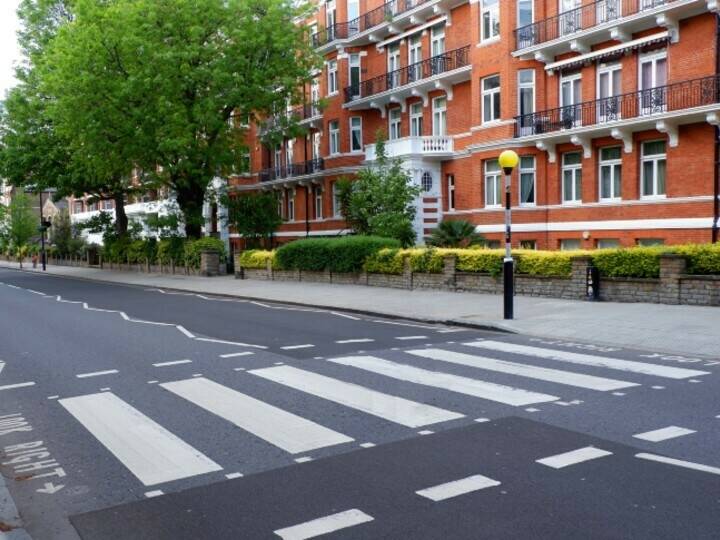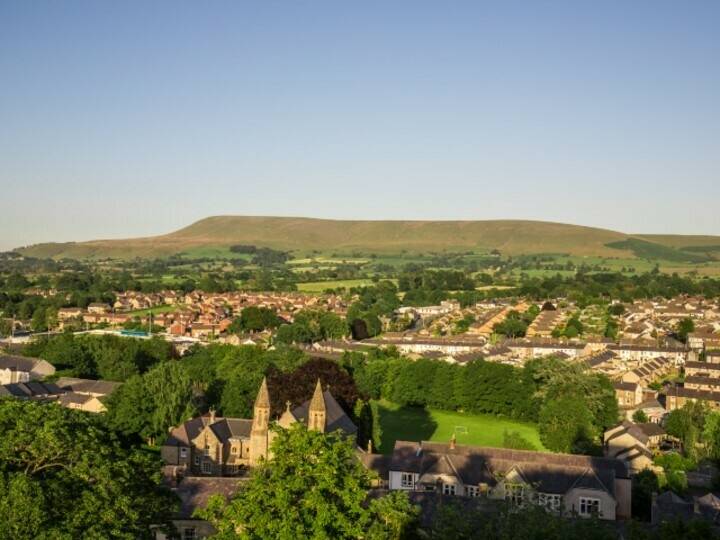In line with other authorities, Bath and North East Somerset Council have been faced with a decrease in government funding. In response, the council chose to raise income, and minimise cuts to their services.
Bath and North East Somerset Council recently examined whether there was a potential for increasing Business Rates revenue through integrating their collection systems with the Unique Property Reference Number (UPRN).
The UPRN was already being used by the council within business rates and for planning, building control, and licencing data. However, there was no communication between different software systems. Underpinned by the UPRN, these were combined, allowing the departments to work collaboratively.
How is the data connected?
Although planning applications for business premises were put on the council website, they were not connected with the business rates system. The focus of the change was to enable collaboration between these two departments with the end goal for the business rates team to have easy access to all planning, building control and licencing information.
As the UPRN was already being used within the business rates and planning systems, it made it easier for collaboration between departments to take place. The GIS team facilitated this link by using the UPRNs to bring the two systems together and map them. The mapping was displayed within the council’s webbased mapping system, where it could be over-laid on other information and viewed with the council’s own street-level photography.
What are the outcomes?
This resulted in:
• two new enterprise zones being identified, in which the council could retain 100% of the business rates. Previously it would have taken a long time to identify new businesses in these areas
• extra datasets were added in from the information collected from external companies. This included: phone masts, show homes and solar panels which are also liable to business rates and new UPRNs were created for these
• businesses which had expanded and had not yet informed business rates were flagged up; together with other businesses which changed their use and were liable for a different rateable value.
Business rates are now immediately informed of the planning process and building phase. In return, they can forward plan year by year their income through estimates given by the Valuation Office displays ‘important dates’ on a map, which allows business rates to know when they can start the billing process, for example when a completion notice has been issued.
Other benefits include:
• an increase in revenue to the council through an extra £320,000 business rates identified in first 6 months
• the ability to see whether a business has a more commercial/ rateable value from a structural change such as an extension
• the business rates team is able to independently control their own work through the collaboration of data. They now have fewer questions to other departments, which speeds up the process
• the team can examine when the value of a property changes due to information being in one place
• the team can check that busineses are on the correct waste collection route. The team found around 50 businesses having their waste collected on a domestic waste collection. The waste team then could follow up to bring in more revenue to the council.
• An overall greater collaboration between departments due to better awareness of the UPRN within the council and its teams.
In using the UPRN in this way, the council have been able to increase revenue. Moving forward, Bath and North East Somerset are now looking to use the UPRN to collaborate more of their departments.



